plane:
Based on the HE-274 flying aircraft carrier
The Heinkel He 274 was a German heavy bomber aircraft with pressurized crew accommodation developed during World War II, designed for high-altitude bombing. Due to the Allied advance through Northwest Europe, the prototypes were abandoned at the factory in German-occupied France where they were being built. They were completed after the war by the French and used for high-altitude research.

Major differences between the He 274 and the He 177 A were abandonment of the twin coupled "power system" engine arrangement in favor of four independent DB 603A-2 fully unitized engines, cooled by annular radiators nearly identical in appearance to those on the similarly-powered Heinkel He 219 night fighter as an integral part of each "unitized" engine's installation, an extended rear fuselage with a twin tail fin empennage, a pressurized double glazed cockpit of nearly identical external appearance to the 177A's standard "Cabin 3" nose, a longer wingspan, and a more conventional, single oleo strut-per-side set of twinned-wheel main undercarriage, abandoning the cumbersome four-strut main gear system of the He 177A, needed for the earlier design's pair of larger-diameter, four-blade propellers.[citation needed]

The He 274's advanced, high-altitude cockpit, despite its external resemblance to that of the He 177A, comprised a pressurized compartment for a crew of four employing double walls of heavy-gauge alloy, hollow sandwich-type glazing and inflatable rubber seals. This cockpit maintained a pressure at high altitude equivalent to that at 2,500 m (8,200 ft). Largely unnecessary defensive armament was restricted to a forward-firing 13 mm (0.51 in) caliber MG 131 machine gun and remotely controlled dorsal and ventral Fernbedienbare Drehlafette FDL 131Z gun turrets each containing a pair of MG 131s machine guns and with the dorsal turret operated from a slightly offset Plexiglas domed rotating sighting station in the roof of the flight deck as most A-series He 177s were, with the ventral unit aimed from the rear of the ventral Bola gondola. The engines used were the same type of Daimler-Benz DB 603A Kraftei "power-egg" unitized engine installations, complete with their He 219-style annular radiators that were placed on the wings of the quartet of ordered He 177B prototypes, but for the He 274, added DVL-designed TK 11 turbochargers, one per engine, for better power output at high altitude.
Specifications
General Characteristics
- Created On Android
- Wingspan 201.4ft (61.4m)
- Length 109.9ft (33.5m)
- Height 30.5ft (9.3m)
- Empty Weight 41,540lbs (18,842kg)
- Loaded Weight 98,973lbs (44,893kg)
Performance
- Horse Power/Weight Ratio 0.121
- Wing Loading 22.5lbs/ft2 (109.9kg/m2)
- Wing Area 4,397.1ft2 (408.5m2)
- Drag Points 22890
Parts
- Number of Parts 88
- Control Surfaces 8
- Performance Cost 560

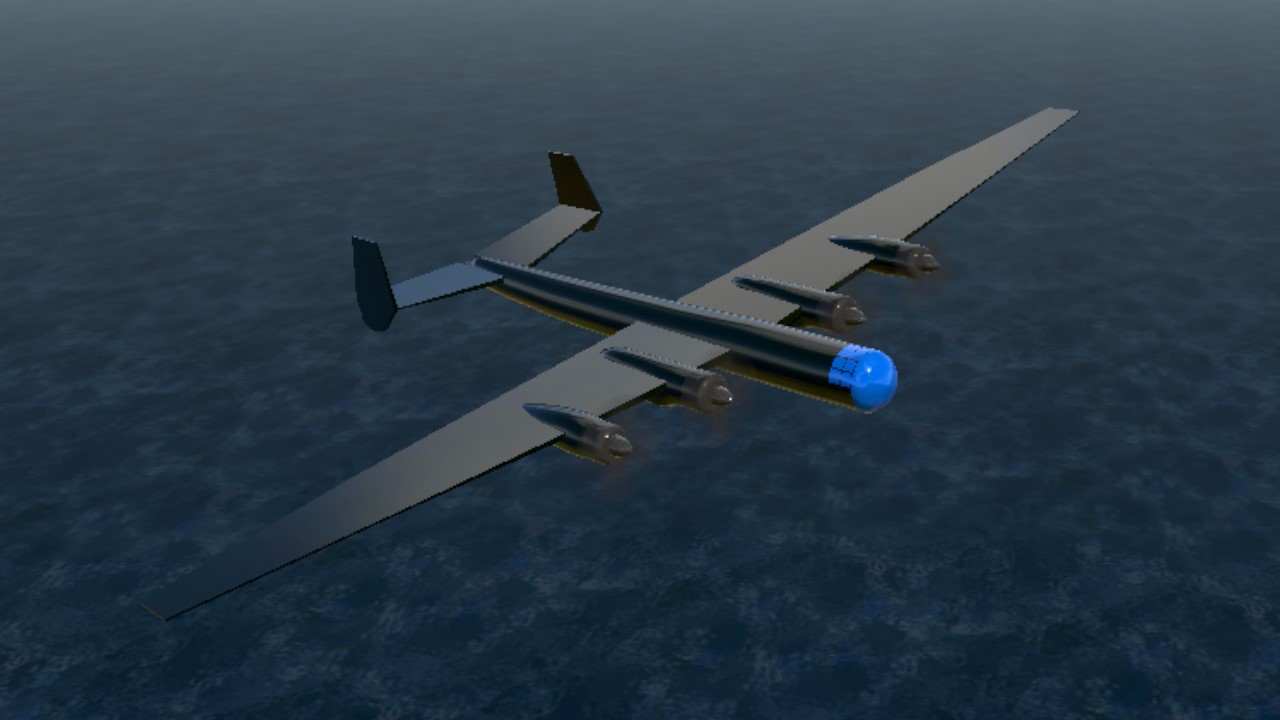
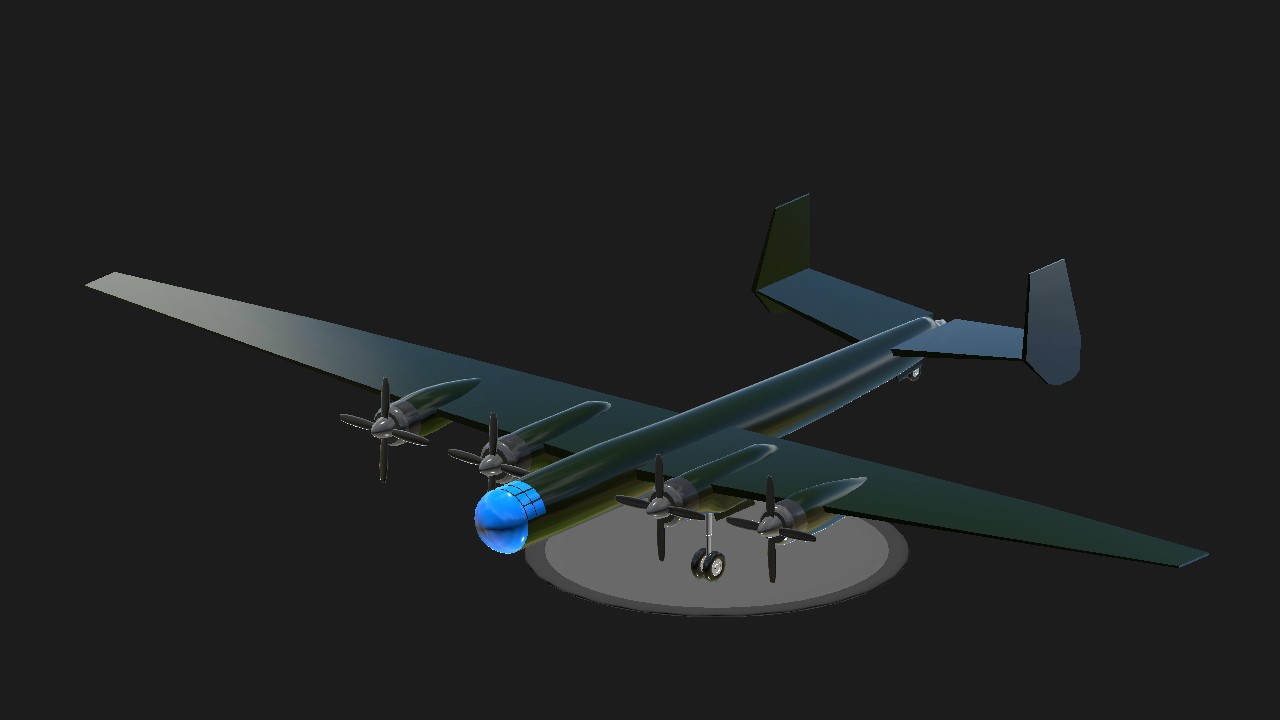

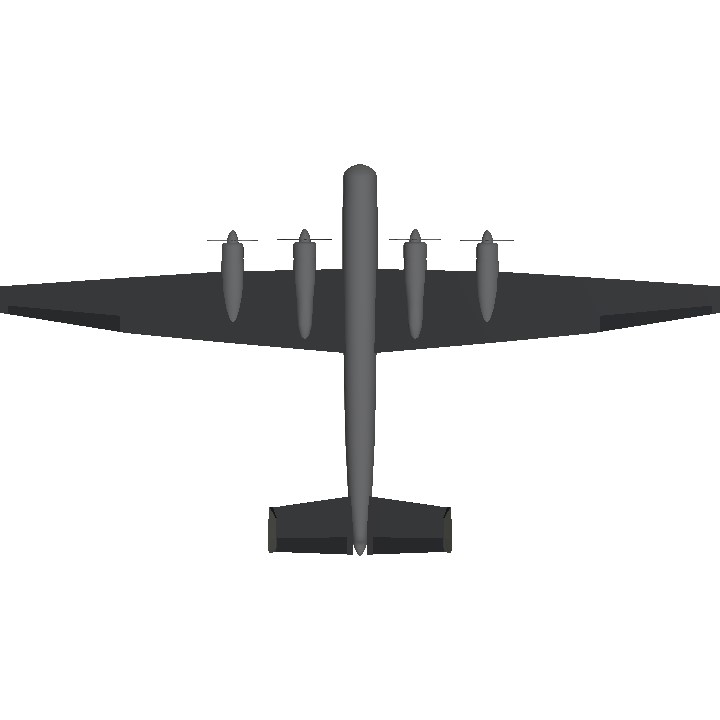
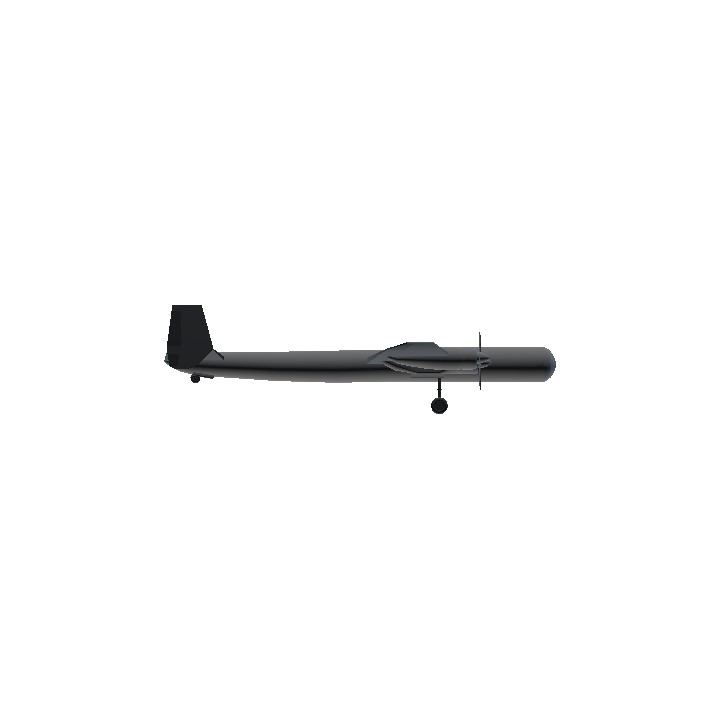
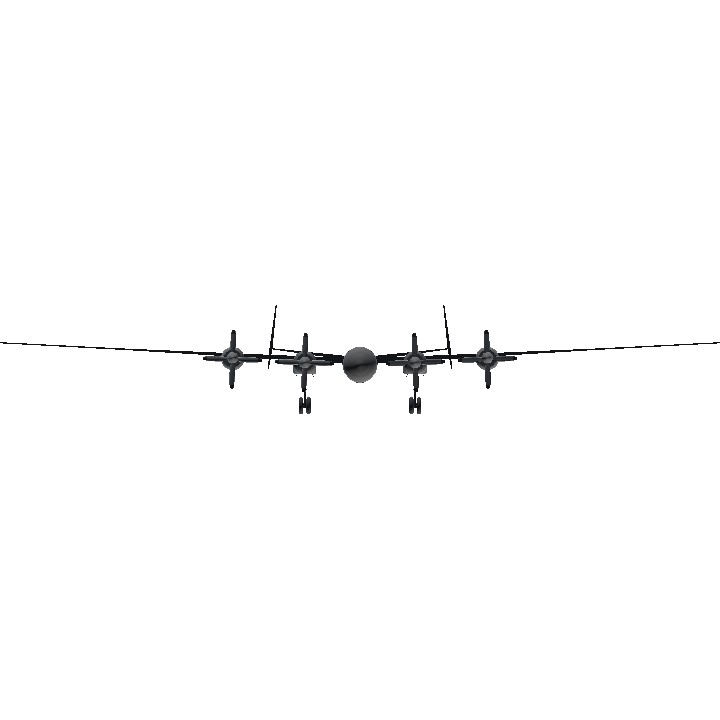
@Mitterbin good morning!
Good morning!!! You late again bro , good studying, it 8am bro , wake up...
Thk you friend!!!